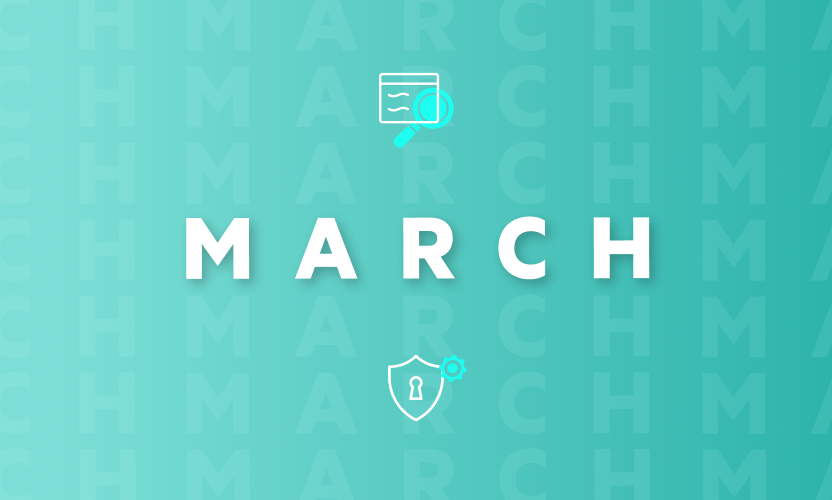
Egnyte Rolls Out Governance and Compliance Tools for Remote Work
From the beginning, Egnyte was architected so that your content would not have to be “boxed in” to any one single environment, but rather can flow seamlessly up, down, side to side across multiple clouds. There are good reasons for this. Sometimes it makes sense for data to be miles away, while other times it needs to be closer to where users actually are (at the edge), or offline altogether.
Today, most companies operate in an environment where multiple clouds exist at different levels of altitudes and for different, yet overlapping purposes:
- Public Clouds (the elastic disk in the sky)
- Personal Clouds (data available directly on your desktop, even when offline)
- Site Clouds (subset of all your data available at high performance at a specific site or office location)
- App Clouds (like DocuSign, Teams, Slack)
Now, more than ever, data is spreading to more places. Since the beginning of the Covid-19 pandemic, remote work has accelerated content sprawl as companies adopt cloud-first ways of working. It is difficult to maintain visibility and control over far-flung data, which opens the door to ransomware attacks, insider threats, and data theft. Today 40% of IT leaders say content sprawl has increased their risk of a data breach. Simply put: more data in more places equals more risk.
Egnyte believes that the only scalable way to tame this risk is through machine learning to augment human decision-making, automate manual processes, and detect unseen threats.
The latest enhancements to the Egnyte platform are designed to help customers do just that: detect ransomware, identify critical business documents, selectively encrypt sensitive files, extend the perimeter of data governance beyond traditional file-based repositories, and dynamically predict and adjust for digital workloads at distributed sites. All without a heavy administrative lift or burdensome user experience.
Here are some highlights from the latest product roll out.
Zero-Day Ransomware Detection and Remediation
In response to rising incidences of ransomware, Egnyte is expanding on its established signature-based detection to include zero-day discovery of unfamiliar ransomware types. Egnyte now flags anomalous system behaviors indicative of a ransomware infection such as mass deletions and file encryption. Selective restoration uses versioning and event-history auditing to isolate infected users without the need to roll back everyone’s work, and audit trails identify compromised sensitive content and data subjects in less than 72 hours to comply with GDPR breach reporting.
Dynamic End-to-End Encryption
Egnyte customers can already password-protect or prevent files from being opened or downloaded by third parties based on the sensitivity of the file. Now, end-to-end dynamic encryption will ensure that sensitive files can only be opened by the intended recipient, even if the file is further shared. Customers will be able to track every file open (or failed attempt) and retroactively revoke access as needed, adding new layers of security for valuable intellectual property and private data.
Document Type Analytics
Egnyte now makes it easy to find a growing list of business document types like NDAs, financial statements, and budgets, and automatically analyze them against internal policies and compliance frameworks. For example, the legal team wants to ensure all executed NDAs are kept in a specific folder with restricted access. Now, a quick query surfaces NDAs from thousands of folders and content sources so they can be properly restricted to authorized users only.
Email Governance
Egnyte already provides governance coverage for a wide range of third-party sources like SharePoint, OneDrive, Box, and G-Suite. But email data can be compromised just as easily, and without a separate email classification tool, it’s nearly impossible to find sensitive or regulated data at-scale. Egnyte now scans Exchange and Gmail inboxes for 500+ data patterns, matching attachments against the same policies as the files in the repository.
LEARN MORE. Register for our webinar, The State of Data Governance: Fall 2020
Photo by Clint Adair on Unsplash





